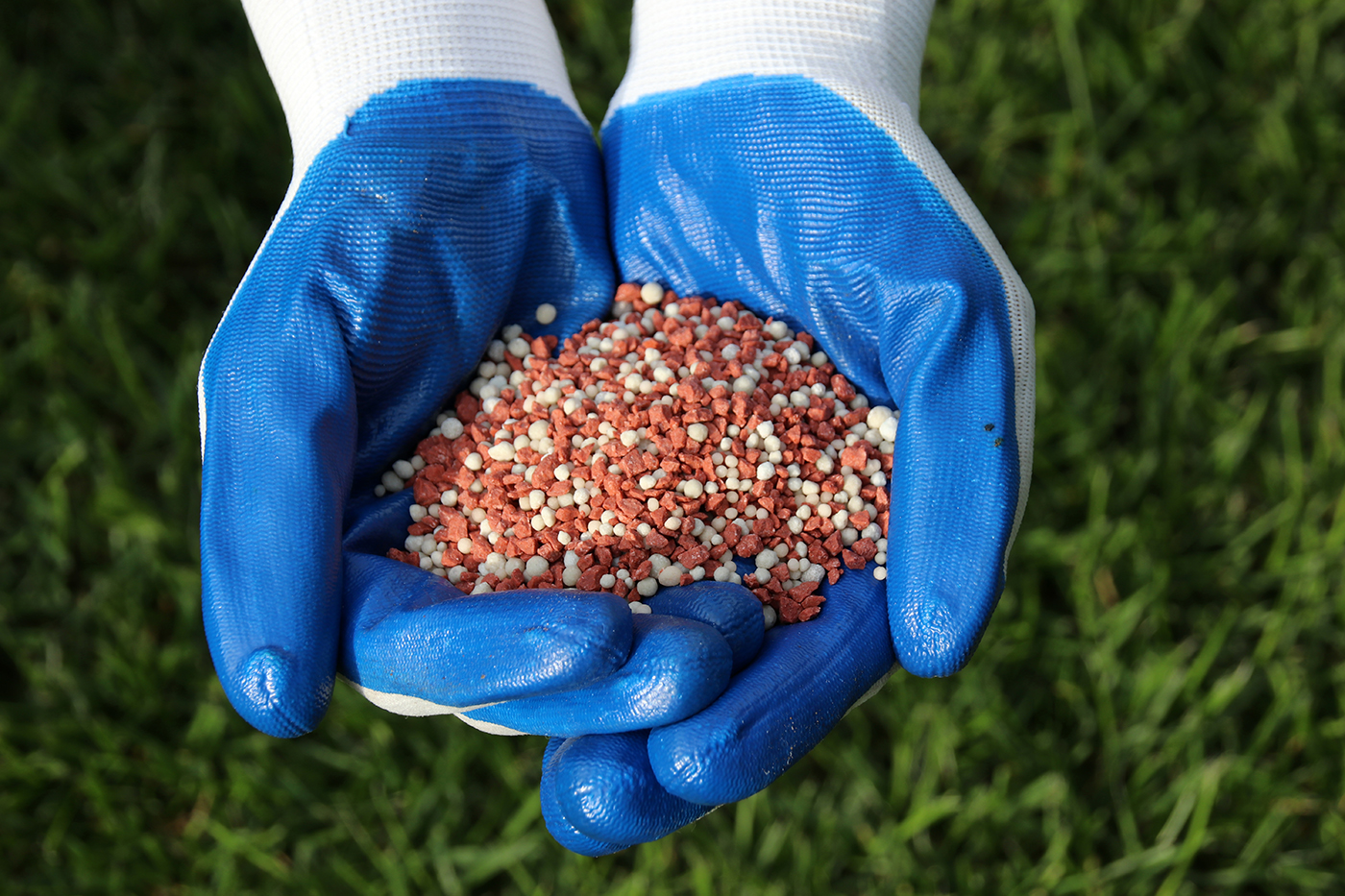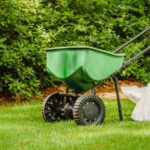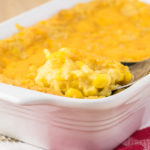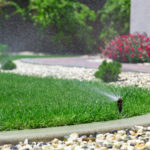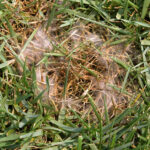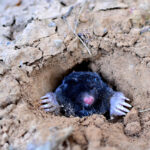
Unless specifically designated as “slow release,” these products are quickly available for plants to take up once watered in. This type of fertilizer is especially useful for short-season, high need crops such as vegetables. Examples of some fast-acting synthetic fertilizers include ammonium sulfate, urea, monoammonium phosphate, diammonium phosphate, triple superphosphate, potassium chloride and sulfate of potash.
Pelletized fertilizer consists of granules that are uniformly coated so they are easy to handle and spread, but tend to be more expensive. Either of these may have slow-release granules incorporated into the products or may be 100% slow release. A slow-release fertilizer has the advantage of being available to the plant over a much longer stretch of time. Some examples of slow-release synthetic fertilizers include sulfur-coated urea, polymer-coated urea and urea formaldehyde. Slow-release fertilizers are often formulated to last three to four months or five to six months.
Rebecca Finneran
![]()
Michigan State University Extension

